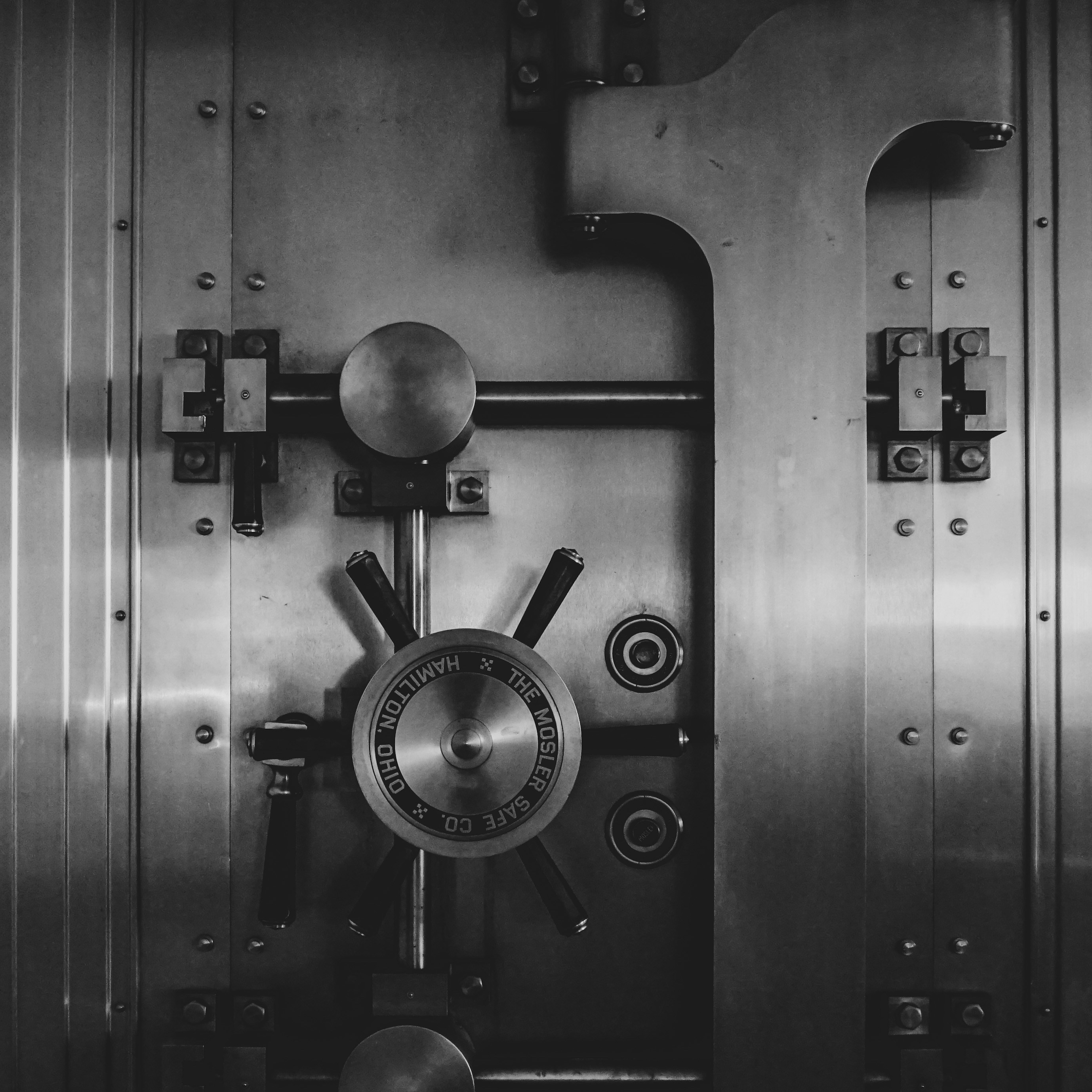If you’ve decided to sell your business, the first crucial step is to determine its value accurately. This is not a decision to be taken lightly, but rather a process that requires attention to detail and thorough evaluation.
In this article, we’ll explore the key steps to define the value of your business.
Get ready to dive into the world of business valuation!
Selling your business: the 5 key steps to valuing it
1. Gather financial and business documents
First of all, collect all relevant financial and business documents available for at least the last 4 years.
These documents include:
- Income statement
- Balance sheet
- Cash Flow Statement
- Tax Returns
This data will provide an overview of the financial health of the business.
2. Calculate an approximate estimate of the business value
Valuing a business is a complex process and can be performed using different methods.
The main methods used to get an initial estimate of the business value are three:
- The Multiples Method
- Discounted Cash Flow (DCF)
- The Comparables Method
Multiples Method
The multiples method is one of the most common ways to value a business and is based on multiplying its financial data by market multiples, which vary mainly depending on the sector, company size, and historical period.
The financial data most commonly used in this method are Revenue and EBITDA (Earnings Before Interest, Taxes, Depreciation, and Amortization).
Here’s a brief description of the two main multiples:
- Revenue Multiple: The estimated value is obtained by multiplying the annual revenue of the business by the appropriate revenue multiple based on sector and company size. For example, if a business generates €500,000 in annual revenue and the revenue multiple is 2x, the estimated value is €1 million (2 x €500,000).
- EBITDA Multiple: The estimated value is obtained by multiplying the EBITDA of the business by the appropriate EBITDA multiple. For example, if a business has an EBITDA of €500,000 and the EBITDA multiple is 7x, the estimated value is €3.5 million (7 x €500,000).
Below are some indicative EBITDA and Revenue multiples for certain industries.
Discounted Cash Flow (DCF)
The DCF method is based on the company’s future cash flows.
This method is more complex as it requires more time to evaluate future cash flows and determine the discount rate.
How it works:
- Forecast Future Cash Flows: Estimate how much cash flow the company will generate in the future based on financial forecasts, growth rates, expenses, and expected investments.
- Calculate Net Present Value (NPV): Future cash flows are "discounted" to their present value using an appropriate discount rate, which represents the return an investor would require. The higher the risk, the higher the discount rate.
- Determine Present Value: The present value of all discounted future cash flows represents the company’s value.
This method is based on the premise that the present value of future cash flows represents the intrinsic value of the business.
Comparables Method
The comparables method or "market comparison" involves valuing the business by comparing it directly with similar businesses recently sold or publicly traded.
How it works:
- Collect Comparable Data: Gather financial and operational data from similar companies to determine their market values or multiples (e.g., earnings or revenue multiples).
- Apply Comparable Multiples: Apply the multiples from comparable companies to the business being valued to estimate its approximate value.
- This method assumes that similar companies will have similar valuations.
Each method has its pros and cons, and it is often wise to use more than one to get a more complete valuation. This way, you can cross-check results and dive deeper into the data if discrepancies arise.
3. Evaluate Assets and Debts – the "asset-based" method
Review all business assets, including:
- Inventory: Start by valuing the company’s inventory. Determine market value, considering product type, condition, demand, obsolescence, or excess inventory.
- Equipment and Fixed Assets: Value all equipment, machinery, and fixed assets considering age, maintenance status, and market value. Expert appraisal may be necessary for specialized equipment.
- Property and Real Estate: If the business owns land, buildings, or real estate, determine market value via professional appraisal or recent comparable sales in the area.
- Intangible Assets: Assess intangible assets like trademarks, patents, copyrights, or loyal customers, which can significantly add value.
Subtract any liabilities and debts (short and long-term, pension obligations, leases, etc.).
The result is the net asset value, representing the company’s net worth.
Remember, this value might not fully represent the market value since it doesn’t consider future profits. Ideally, combine this method with the others above for a fuller picture of your business’s actual value.
4. Consult a group of experts
Business valuation can be complex, so it’s advisable to consult an accountant, financial advisor, or business acquisition expert.
These professionals can conduct detailed valuations and provide more accurate estimates.
5. Find the right buyer
Once you’ve estimated your business’s value, the next step is to find buyers willing to purchase it.
How to do it?
There are two main paths:
- You can work with an agent or intermediary who assists in finding potential buyers. Note that agents often require, besides a success-based fee, a fixed upfront fee for starting the mandate.
- You can list your business on Perpethua (www.perpethua.com). Our matching algorithm selects the best investors aligned with your needs and business characteristics, and we support you throughout the process. Want to learn more? Book a call with our experts here: www.calendly.com/perpethua.
Choosing the right buyer is a critical phase. It’s not enough to find an interested buyer; it’s essential to ensure they are qualified (know the sector and preferably have acquisition experience) and have the actual financial capacity to proceed with the purchase. This helps avoid fraud attempts or wasted time.
Transparency is key, so don’t hesitate to request financial information, references, and verify buyers’ purchasing capabilities.
At Perpethua, we constantly work to ensure potential buyers in our network are professional and qualified. We know selling a business is a crucial and important moment for an entrepreneur, and we strive to make the entire selling experience safe and smooth.
Conclusion
In conclusion, selling a business is a significant step in an entrepreneur’s life. Proper valuation is essential to get the best value and ensure a successful transaction. Through careful analysis of financial, operational, and strategic factors, you can determine the true worth of your business. Additionally, proper preparation and expert involvement can make the sales process smoother and more profitable.
Don’t underestimate the importance of accurate valuation — it can make the difference between a profitable sale and a disappointing deal. With the right approach and guidance, you can maximize your company’s value and open the door to new growth and entrepreneurial success.
Good luck!




